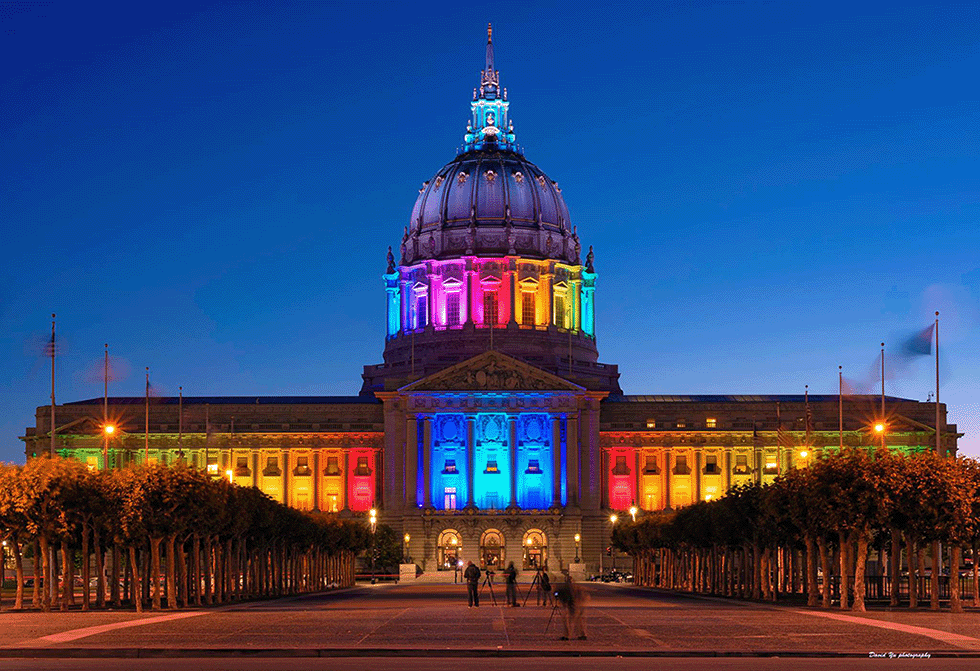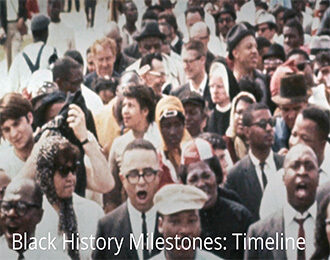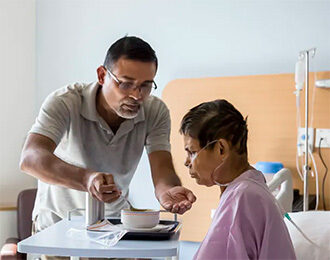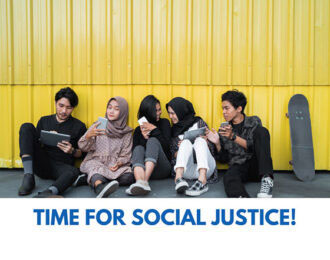About Gay Pride and a Directory of Events

June 2021
Gay pride or LGBTQ pride is the promotion of the self-affirmation, dignity, equality, and increased visibility of lesbian, gay, bisexual, and transgender (LGBTQ) people as a social group. Pride, as opposed to shame and social stigma, is the predominant outlook that bolsters most LGBTQ rights movements.
misterb&b has assembled a Gay Pride Calendar for all the in-person Pride Events with links that provide full detail for each event. We are grateful for their terrific support.
Access the misterb&b Calendar here: https://www.misterbandb.com/gay-pride
PRIDE is an acronym for Personal Rights in Defense and Education. The organization was formed in Los Angeles, California in 1966 by Steve Ginsburg.
Lesbian, Gay, Bisexual, Transgender and Queer (LGBTQ) Pride Month is currently celebrated each year in the month of June to honor the 1969 Stonewall Uprising in Manhattan. The Stonewall Uprising was a tipping point for the Gay Liberation Movement in the United States. In the United States the last Sunday in June was initially celebrated as “Gay Pride Day,” but the actual day is flexible.
In major cities across the nation the “day” soon grew to encompass a month-long series of events. Today, celebrations include pride parades, picnics, parties, workshops, symposia and concerts, and LGBTQ Pride Month events attract millions of participants around the world.
Memorials are held during this month for those members of the community who have been lost to hate crimes or HIV/AIDS. The purpose of the commemorative month is to recognize the impact that lesbian, gay, bisexual, and transgender individuals have had on history locally, nationally, and internationally.
Annual LGBTQ+ Pride Traditions
The first Pride march in New York City was held on June 28, 1970, on the one-year anniversary of the Stonewall Uprising. Primary sources available at the Library of Congress provide detailed information about how this first Pride march was planned and the reasons why activists felt so strongly that it should exist. Looking through the Lili Vincenz and Frank Kameny Papers in the Library’s Manuscript Division, researchers can find planning documents, correspondence, flyers, ephemera and more from the first Pride marches in 1970.





